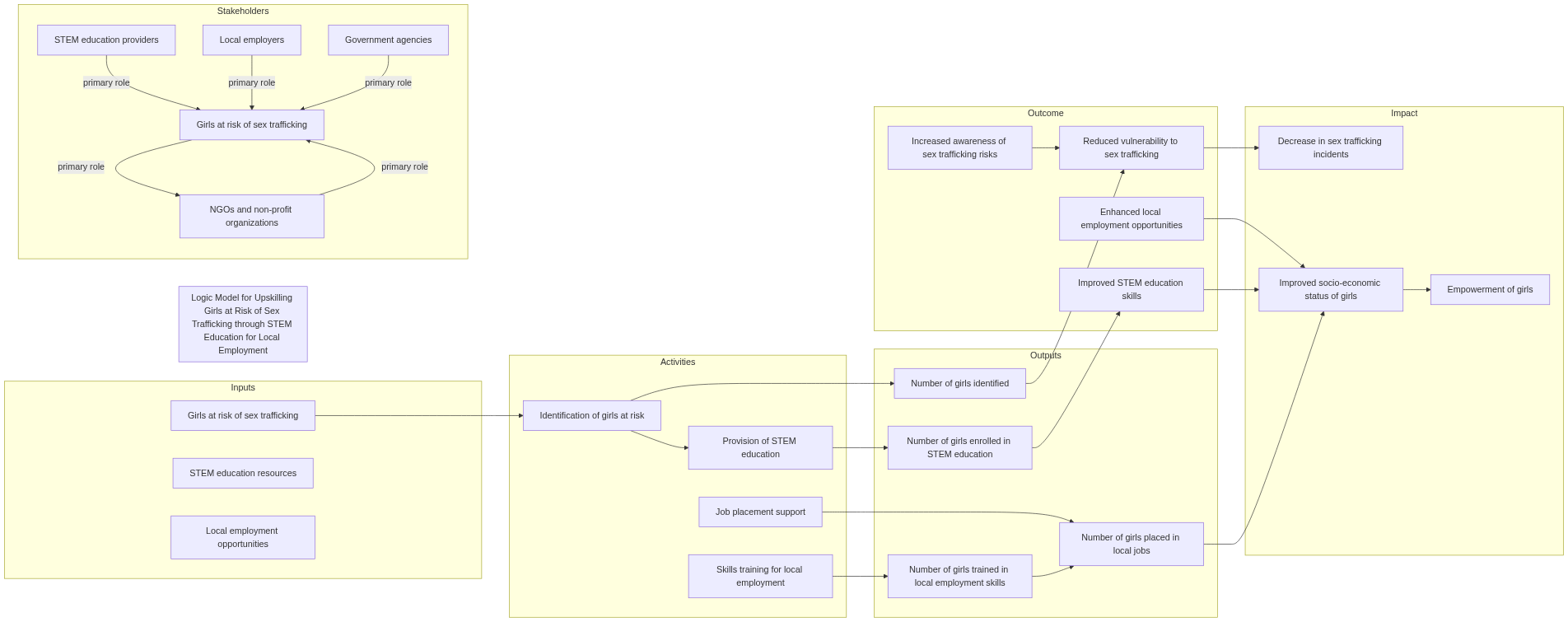Crafting a Clear Problem Statement for Your Impact Strategy
Introduction: The Importance of a Clear Problem Statement
A problem statement is a crucial component of your impact strategy. It sets the foundation for defining interventions and learning goals and helps identify the data needed to find solutions. In addition, a well-framed problem statement can secure buy-in from stakeholders and contribute to an effective data strategy.
This guide will walk you through creating a clear problem statement for your impact strategy.
Characteristics of a Good Problem Statement
A good problem statement:
- Clearly defines and articulates a specific issue to be addressed.
- Provides context for why the topic is essential.
- Identifies stakeholders affected by the case.
- Naturally leads to organizational activities and outcomes.
- Focuses on the central point of critical stakeholders and their challenges.
- Guides you toward clear learning goals or strategic objectives.
- Articulates necessary activities needed to achieve the best results.
Creating Your Problem Statement: A Step-by-Step Guide
- Identify Stakeholders: Determine the key stakeholders affected by the issue you're addressing. Stakeholders are individuals or groups with a vested interest in the outcome of your project.
- Define the Challenge: Could you clearly explain your stakeholders' specific challenge or issue? The challenge should be concise and easy to understand.
- Determine the Desired Outcome: Identify the positive change or improvement you want for your stakeholders. You're working toward this goal, which should be specific and measurable.
- Outline the Intervention: Could you describe the key activities or interventions that will address the challenge and lead to the desired outcome? These activities should be actionable and relevant to the problem you've identified.
- Craft the Problem Statement: You can use your gathered information to make your problem statement. Your statement should follow this pattern: [Stakeholder] --> {has} --> [Challenge] --> {If they do} --> [Activity] --> {they can get} --> [Outcome]
- Please align with Learning Goals: Make sure that your problem statement aligns with the overall learning goals of your impact strategy. This helps ensure that the problem statement is directly linked to the objectives you aim to achieve.
Example of a Good Problem Statement
Let's apply the steps above to create a problem statement using the following information:
- Stakeholder: "Young girls ages 15, 16, and 17."
- Challenge: "Risk of human trafficking."
- Outcome: "Reduced risk of trafficking and improved prospects for education and employment."
- Intervention: "Coding BootCamp" and "Employment Opportunities"
Problem Statement: "For young girls ages 15, 16, and 17 in XYZ location, human trafficking poses a significant threat to their safety and well-being. However, if they attend a Coding BootCamp and pass successfully, they can have better career opportunities in tech entry jobs and reduce their risk of being trafficked."
Learning Goal: "To provide girls with the skills, knowledge, and opportunities to reduce their risk of being trafficked and to improve their prospects for education and employment."
Activities:
- Girls Code Program: It teaches girls basic coding skills and empowers them to become tech-savvy and self-sufficient.
- Awareness Sessions: Regular sessions to educate girls about the dangers of human trafficking and how to protect themselves.
- Career Counseling: Guidance and support to help girls identify and pursue education and job opportunities that align with their interests and skills.
A logic model for education visually represents an educational program or initiative's inputs, activities, outputs, outcomes, and impact. It is a tool that helps educators and stakeholders design, implement, and evaluate educational programs by outlining the program's underlying assumptions, goals, and intended results. A logic model provides a clear and concise framework for understanding how different program components contribute to achieving desired outcomes and impact. This model can communicate program goals, track progress, identify areas for improvement, and demonstrate program effectiveness to stakeholders. Logic models are widely used in education to plan and evaluate programs, including K-12, higher, and adult education programs. They can be tailored to specific educational contexts and help educators make data-driven decisions to improve program quality and effectiveness. A logic model for education is a valuable tool for educators and stakeholders to plan, implement, and evaluate programs that contribute to positive student educational outcomes.
Summary
- Logic Model: Girls at risk of sex trafficking can be upskilled through STEM education, preparing them for skills necessary for local employment.
- Problem Statement: Young girls aged 15, 16, and 17 face an elevated risk of human trafficking primarily due to inadequate educational opportunities and limited employment prospects. The key intervention proposed is the introduction of coding boot camps to provide these girls with the necessary technical skills. The anticipated outcome is an increase in their access to high-paying technical jobs, thereby not confining them to low-wage data entry positions and reducing their vulnerability.
- SDG Indicator ID: 5.5.1
- Key stakeholders: At-risk girls, STEM educators, local employers
- Key impact themes: Gender equality, Education, Decent work, and economic growth
Study the logic model below carefully. Since it is compressed, please zoom out to review.
Conclusion
A clear and well-defined problem statement is essential for the success of your impact strategy. Following the steps outlined in this guide, you can effectively explain your project's challenge, intervention, and desired outcome, setting a solid foundation for your impact journey.

